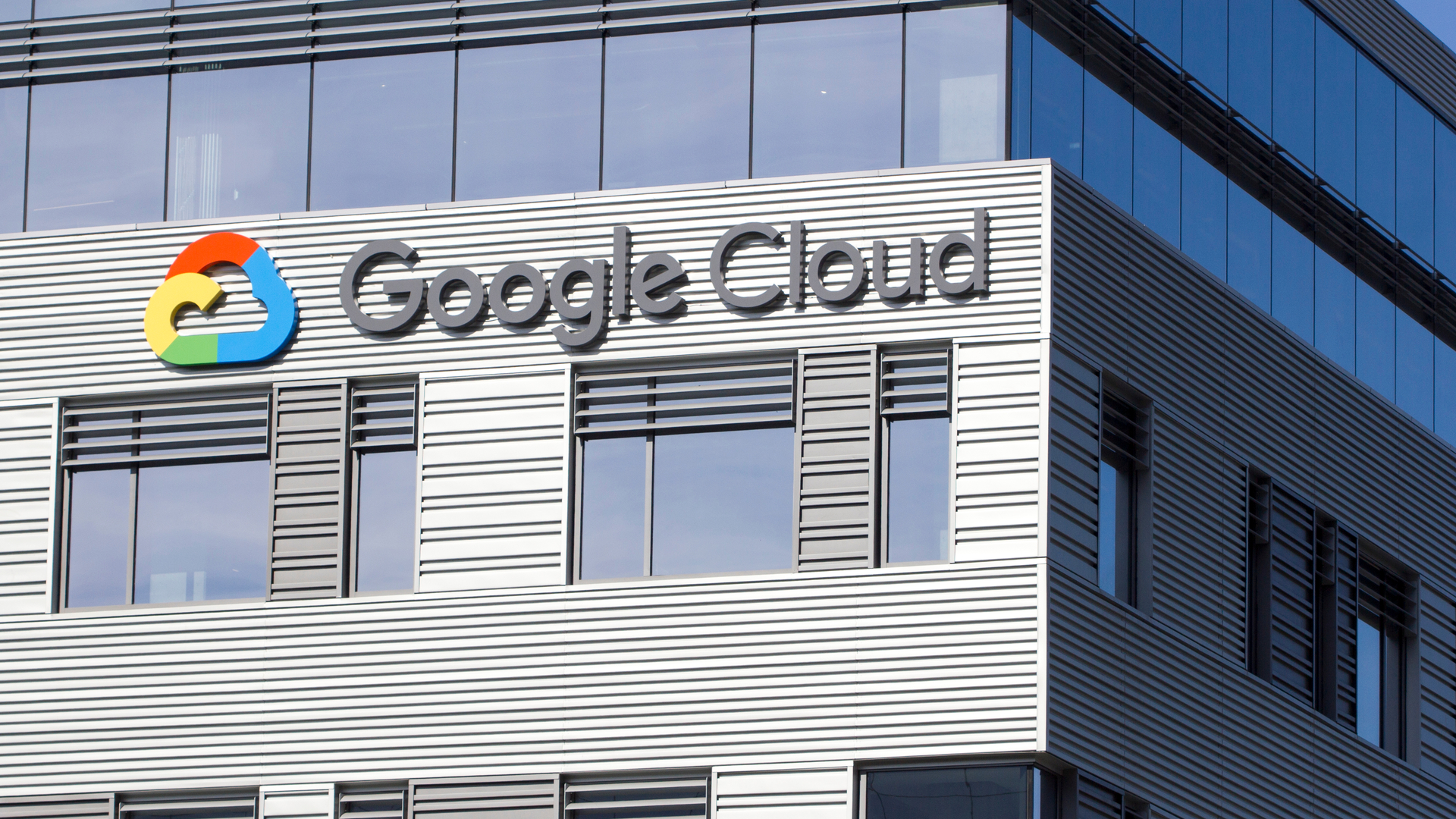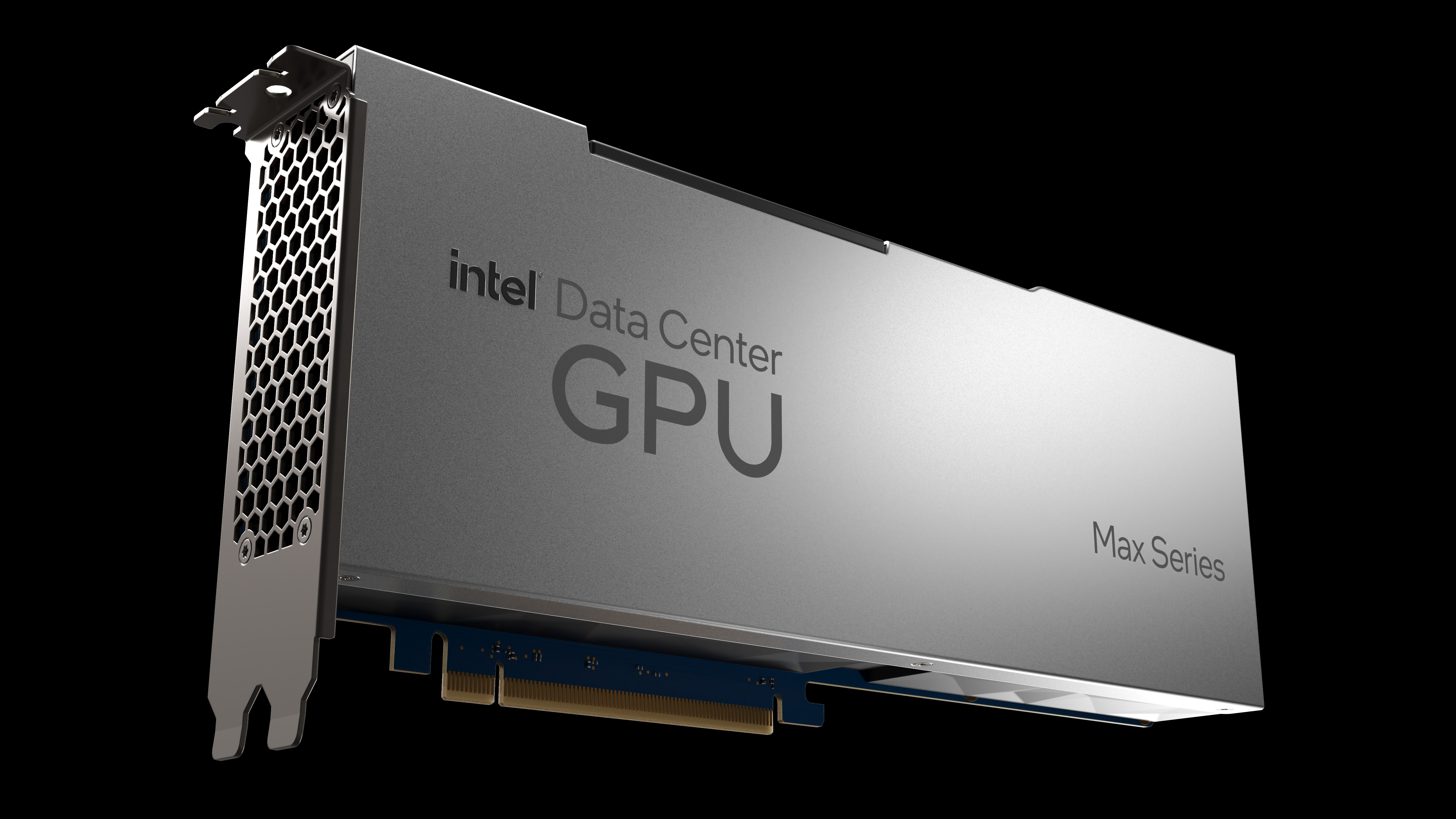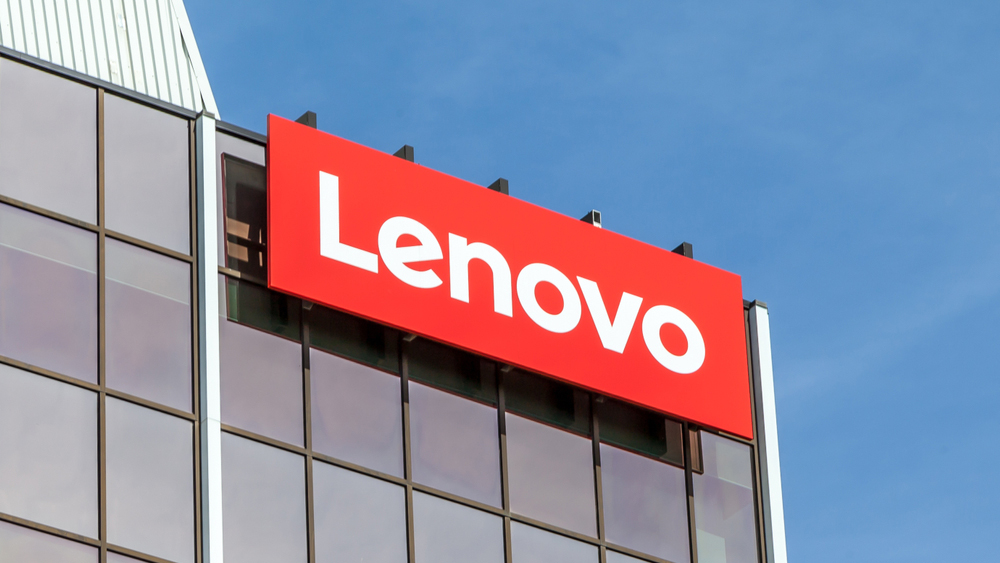Windows HPC Server and Windows Azure
High-Performance computing in the Cloud.

The essence of high-performance computing (HPC) is processing power. Whether implemented using traditional supercomputers or more modern computer clusters, HPC requires having lots of available computing resources.
Windows HPC Server 2008 R2 Suite lets organizations provide these resources with Windows Server machines. By letting those machines be managed as a cluster, then providing tools for deploying and running HPC jobs on that cluster, the product makes Windows a foundation for high-performance computing. Many organizations today use Windows HPC Server clusters running in their own data centers to solve a range of hard problems.
But with the rise of cloud computing, the world of HPC is changing. Why not take advantage of the massive data centers now available in the cloud? For example, Microsoft's Windows Azure provides on- demand access to lots of virtual machines (VMs) and acres of cheap storage, letting you pay only for the resources you use.
The potential benefits for HPC are obvious. Rather than relying solely on your own on-premises cluster, using the cloud gives you access to more compute power when you need it. For example, suppose your on-premises cluster is sufficient for mostbut not allof your organization's workloads. Or suppose one of your HPC applications sometimes needs more processing power. Rather than buy more machines, you can instead rely on a cloud data center to provide extra computing resources on demand. Depending on the kinds of jobs your organization runs, it might even be feasible to eventually move more and more of your HPC work into the cloud. This allows tilting HPC costs away from capital expense and toward operating expense, something that's attractive to many organizations.
Click the link below to read the full White Paper.
Get the ITPro daily newsletter
Sign up today and you will receive a free copy of our Future Focus 2025 report - the leading guidance on AI, cybersecurity and other IT challenges as per 700+ senior executives
ITPro is a global business technology website providing the latest news, analysis, and business insight for IT decision-makers. Whether it's cyber security, cloud computing, IT infrastructure, or business strategy, we aim to equip leaders with the data they need to make informed IT investments.
For regular updates delivered to your inbox and social feeds, be sure to sign up to our daily newsletter and follow on us LinkedIn and Twitter.
-
 CISA issues warning in wake of Oracle cloud credentials leak
CISA issues warning in wake of Oracle cloud credentials leakNews The security agency has published guidance for enterprises at risk
By Ross Kelly
-
 Reports: White House mulling DeepSeek ban amid investigation
Reports: White House mulling DeepSeek ban amid investigationNews Nvidia is caught up in US-China AI battle, but Huang still visits DeepSeek in Beijing
By Nicole Kobie
-
 Google claims its AI chips are ‘faster, greener’ than Nvidia’s
Google claims its AI chips are ‘faster, greener’ than Nvidia’sNews Google's TPU has already been used to train AI and run data centres, but hasn't lined up against Nvidia's H100
By Rory Bathgate
-
 £30 million IBM-linked supercomputer centre coming to North West England
£30 million IBM-linked supercomputer centre coming to North West EnglandNews Once operational, the Hartree supercomputer will be available to businesses “of all sizes”
By Ross Kelly
-
 How quantum computing can fight climate change
How quantum computing can fight climate changeIn-depth Quantum computers could help unpick the challenges of climate change and offer solutions with real impact – but we can’t wait for their arrival
By Nicole Kobie
-
 “Botched government procurement” leads to £24 million Atos settlement
“Botched government procurement” leads to £24 million Atos settlementNews Labour has accused the Conservative government of using taxpayers’ money to pay for their own mistakes
By Zach Marzouk
-
 Dell unveils four new PowerEdge servers with AMD EPYC processors
Dell unveils four new PowerEdge servers with AMD EPYC processorsNews The company claimed that customers can expect a 121% performance improvement
By Zach Marzouk
-
 Intel unveils Max Series chip family designed for high performance computing
Intel unveils Max Series chip family designed for high performance computingNews The chip company claims its new CPU offers 4.8x better performance on HPC workloads
By Zach Marzouk
-
 Lenovo unveils Infrastructure Solutions V3 portfolio for 30th anniversary
Lenovo unveils Infrastructure Solutions V3 portfolio for 30th anniversaryNews Chinese computing giant launches more than 50 new products for ThinkSystem server portfolio
By Bobby Hellard
-
 Microchip scoops NASA's $50m contract for high-performance spaceflight computing processor
Microchip scoops NASA's $50m contract for high-performance spaceflight computing processorNews The new processor will cater to both space missions and Earth-based applications
By Praharsha Anand
